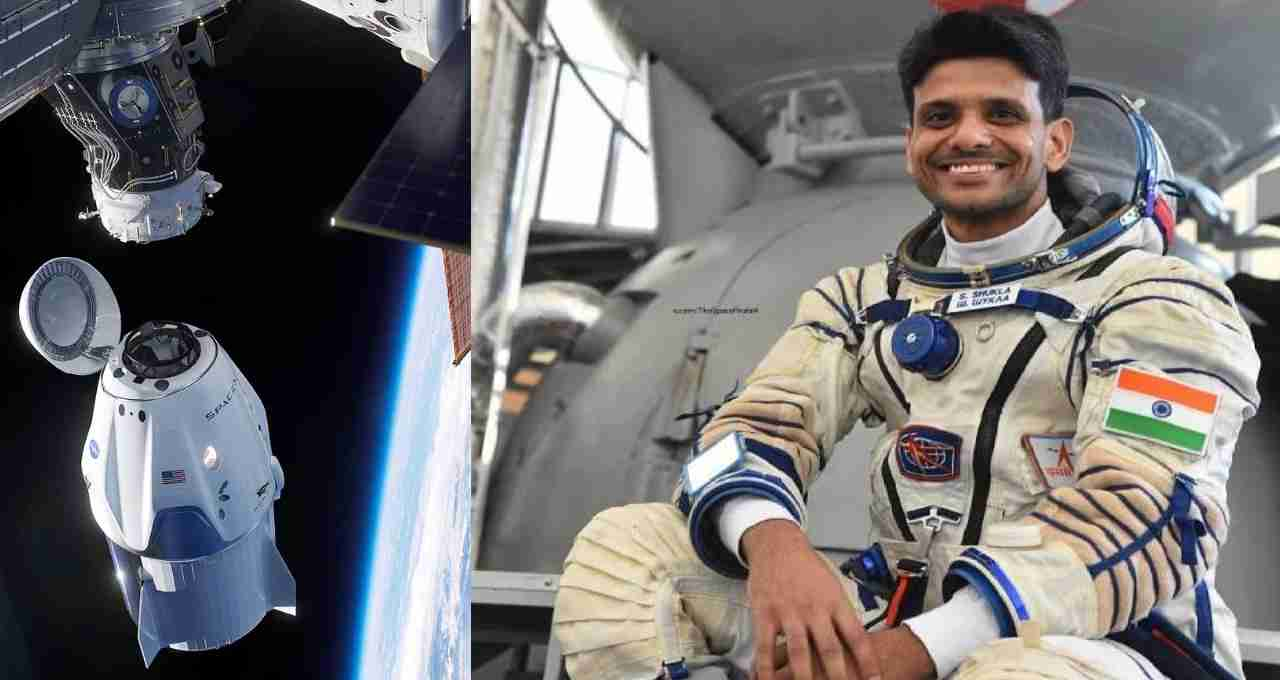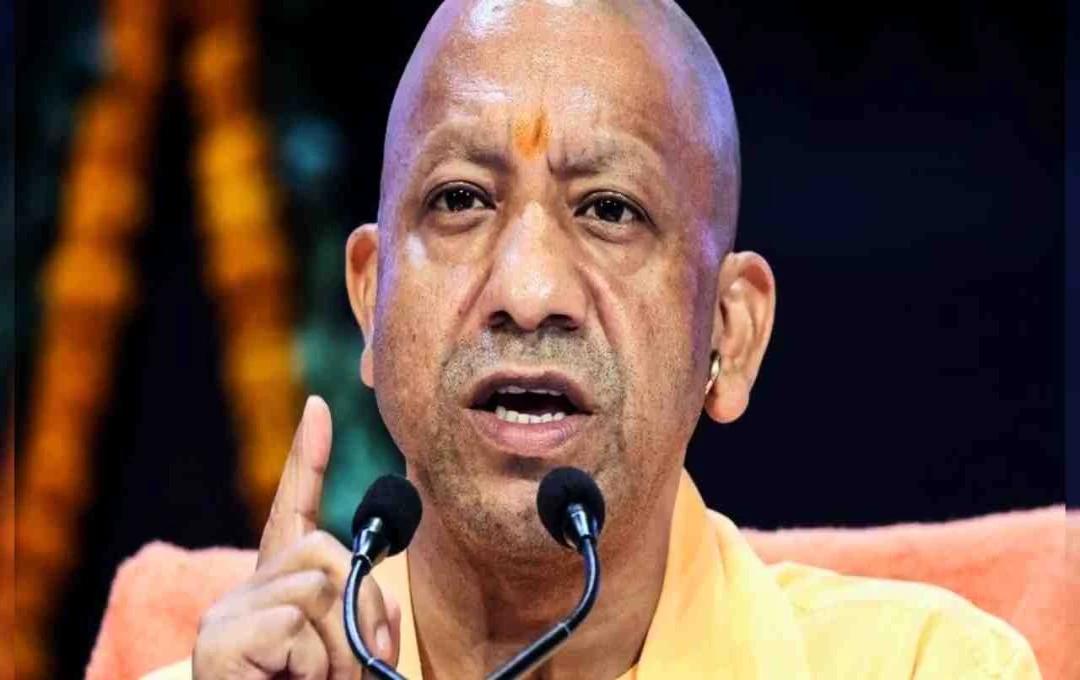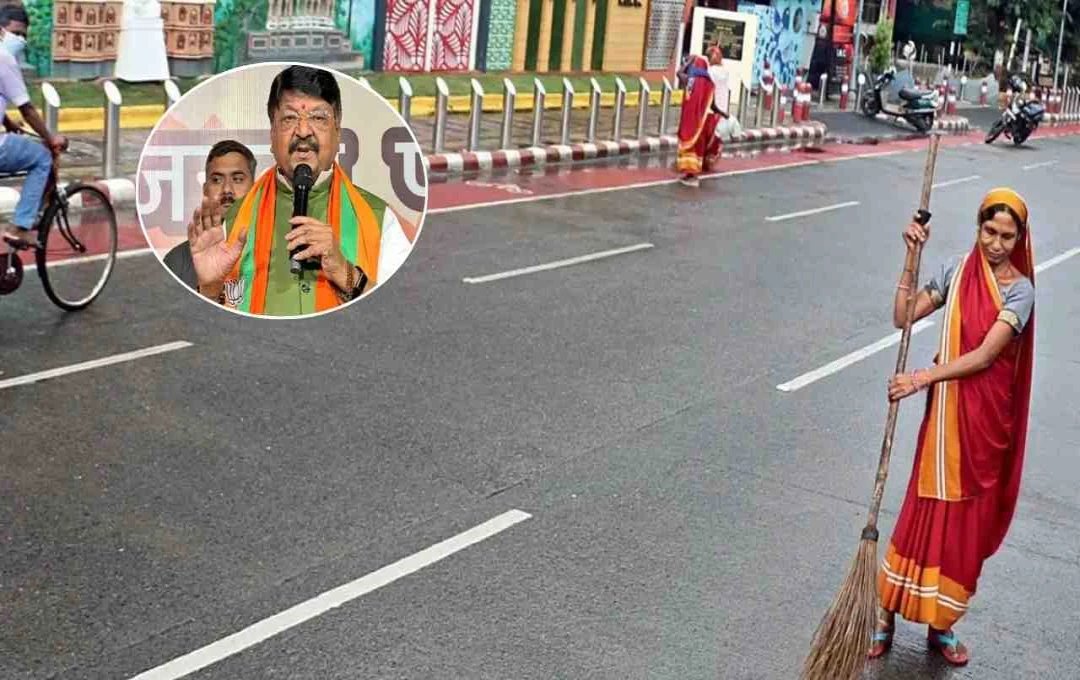India Makes Another Historic Space Achievement
India has once again achieved a remarkable milestone in space exploration. Indian astronaut Shubhanshu Shukla’s spacecraft successfully launched into space this morning, marking the first time a citizen of India has traveled to space since 1984.
This event adds another prestigious chapter to India’s space journey. Indian astronaut Shubhanshu Shukla has embarked on a mission to space, representing the first Indian civilian to venture into the cosmos since 1984. Shubhanshu Shukla is set to become the first Indian to reach the International Space Station, and this mission is a source of immense pride for the nation.
Shubhanshu Shukla’s Historic Flight
Shubhanshu Shukla is traveling aboard the Axem Space Mission 4, operated by a US private space company. The launch took place from the Kennedy Space Center in Florida. This mission also includes astronauts from the United States, Poland, and Hungary. Shubhanshu will be transported to the International Space Station using the Dragon spacecraft, developed by SpaceX.
This journey for Shukla is being viewed as a new beginning for India’s space prowess. In 1984, when Rakesh Sharma traveled to space aboard a Russian spacecraft, India first welcomed the presence of a civilian in space. Now, after four decades, India is once again raising its flag in the vast expanse of space.
How Much Does a Spacesuit Cost?

Traveling to space is as challenging as it is meticulously prepared for, and the preparation extends to the specialized suits required for astronaut safety – known as spacesuits. These suits can cost tens of millions of dollars. NASA’s spacesuits typically range in price from $10 million to $20 million, equivalent to approximately 80 to 180 crore Indian rupees.
Newer suits equipped with advanced technologies can be even more expensive. For example, NASA’s upcoming xEMU suit costs around $1 billion, or approximately 8,350 crore Indian rupees.
Features of a Spacesuit

A spacesuit functions much like a miniature, mobile spacecraft, providing all the necessary features to keep a human alive in the harsh conditions of space. It protects the astronaut from extreme temperatures, ranging from -150 degrees Celsius to +120 degrees Celsius.
Furthermore, it shields the astronaut from radiation, micrometeoroids, and other space hazards. The suit includes features such as oxygen supply, temperature control, carbon dioxide removal, air pressure regulation, radio communication systems, and an emergency life support system.
Key Features Within a Spacesuit
A spacesuit contains a limited oxygen tank, allowing the astronaut to breathe for several hours. It also features an air conditioning system to maintain a stable body temperature. Additional features include a water dispensing system, an onboard toilet, and electronic systems. A microprocessor-based computer monitors mission-related data.
Why Are Spacesuits So Expensive?
The materials used in constructing spacesuits are highly specialized and undergo multiple layers of construction, prioritizing safety and functionality at each stage. The suits are rigorously tested in simulated space environments. Furthermore, the construction involves extensive research, development, testing, and the expertise of a dedicated team of specialists, contributing to the high cost – often exceeding that of a luxury car or even a small airplane.
Significance of this Mission for India
Shubhanshu Shukla’s space journey will significantly enhance India’s space capabilities, marking a new era. This mission is important not only from a scientific perspective but also in terms of international relations and the confidence of Indian youth. It sends a message to Indian youth that they too can participate in global space missions.
The mission will strengthen India’s participation in space research and foster greater international collaboration, providing a boost to private Indian space companies.















